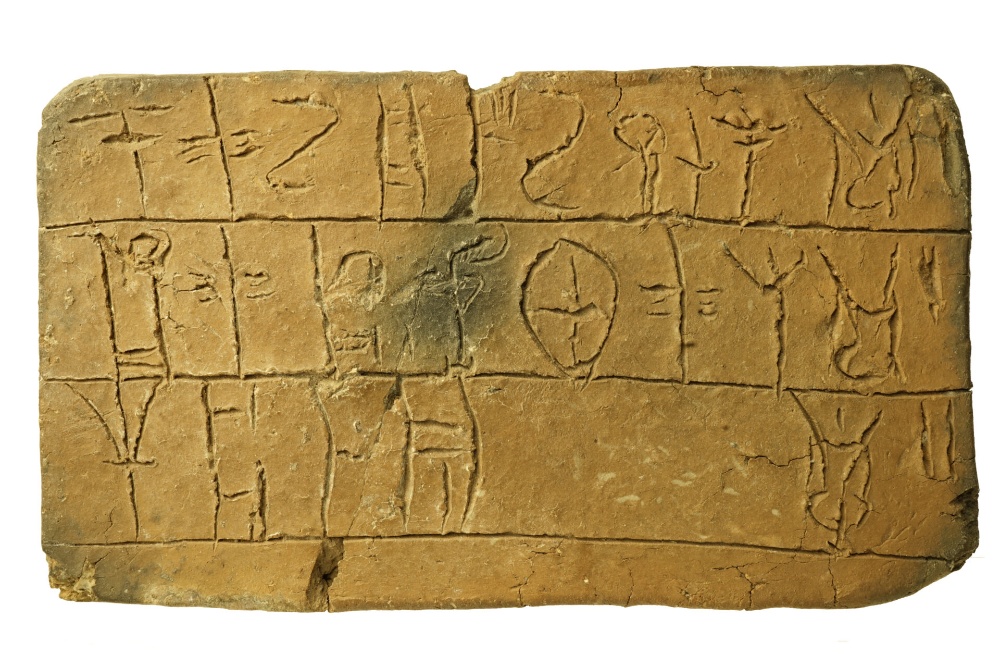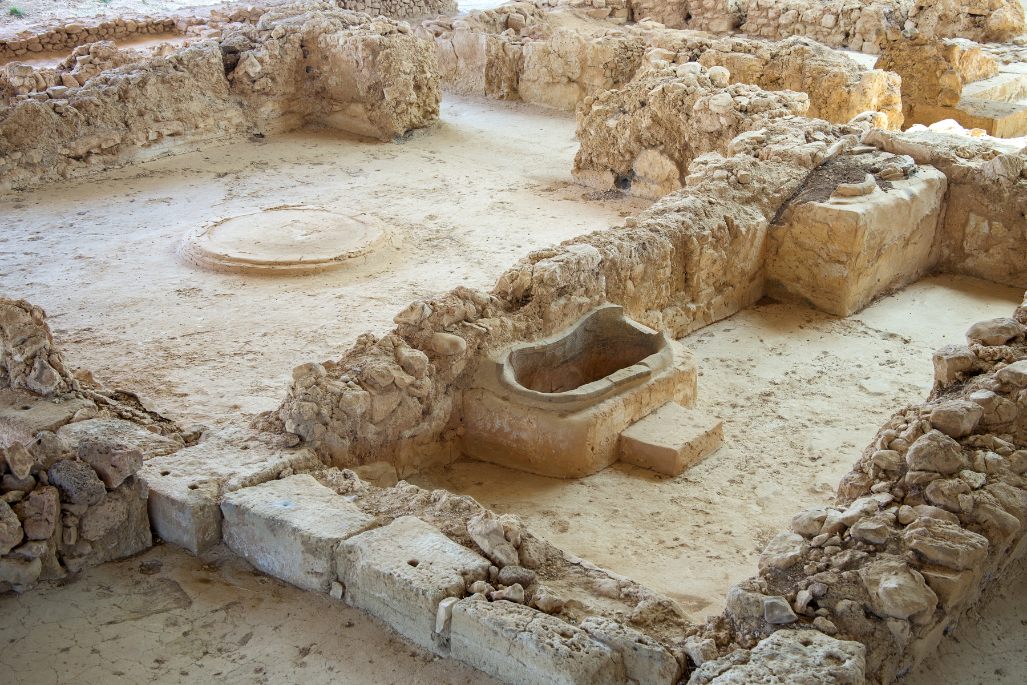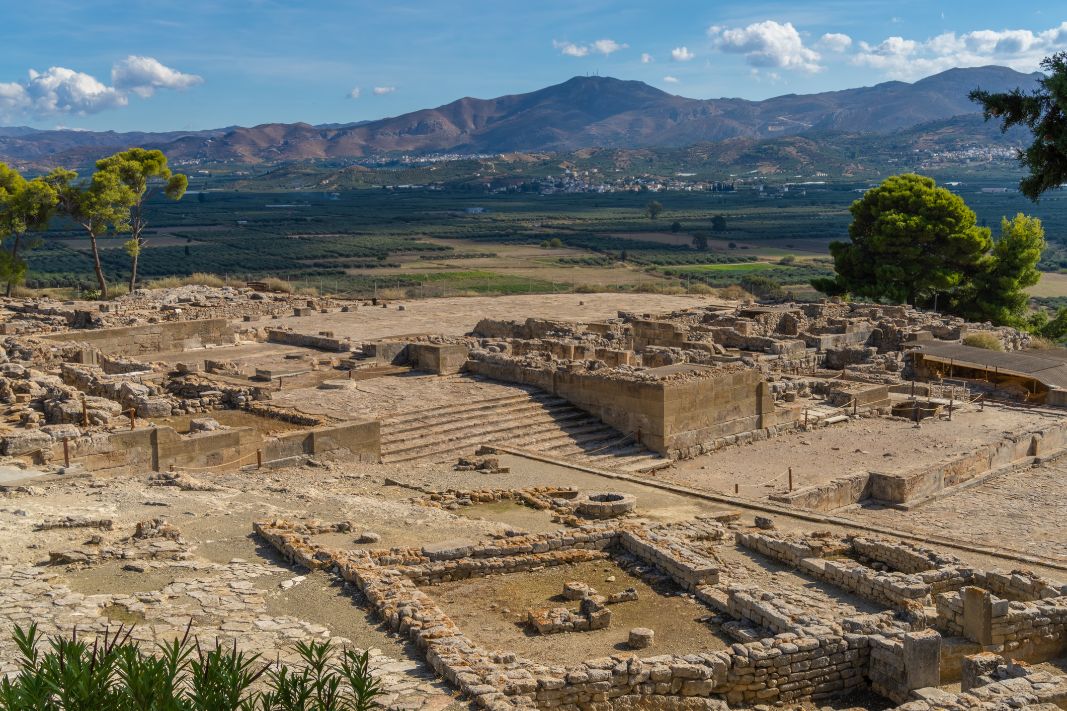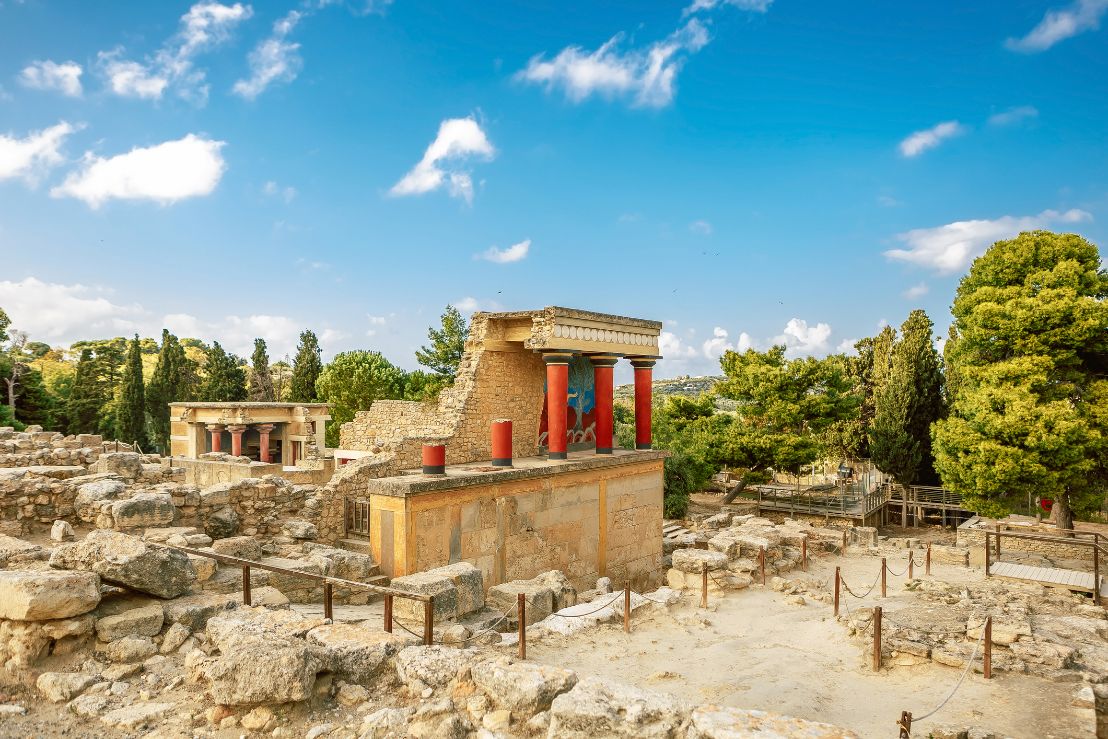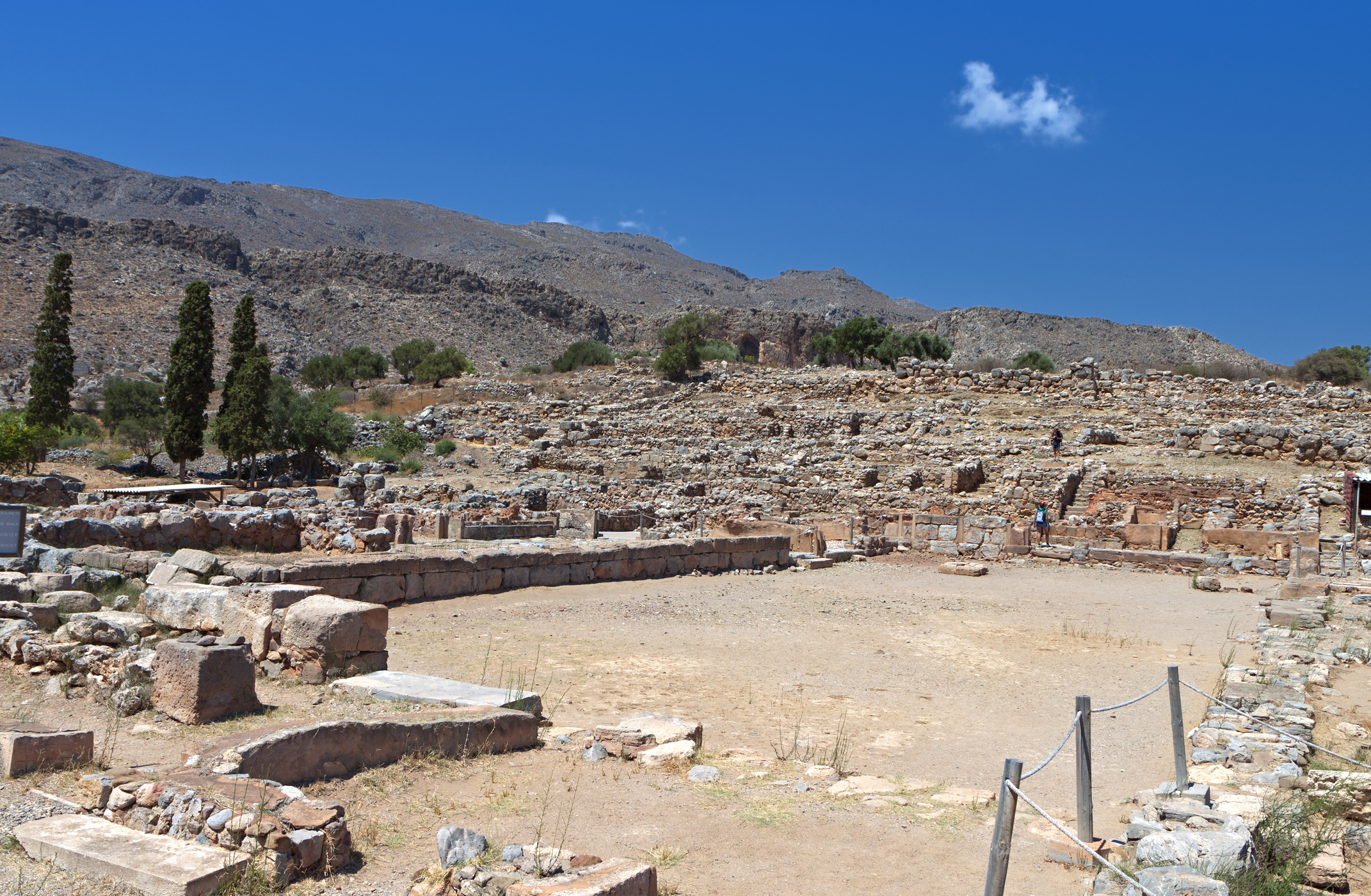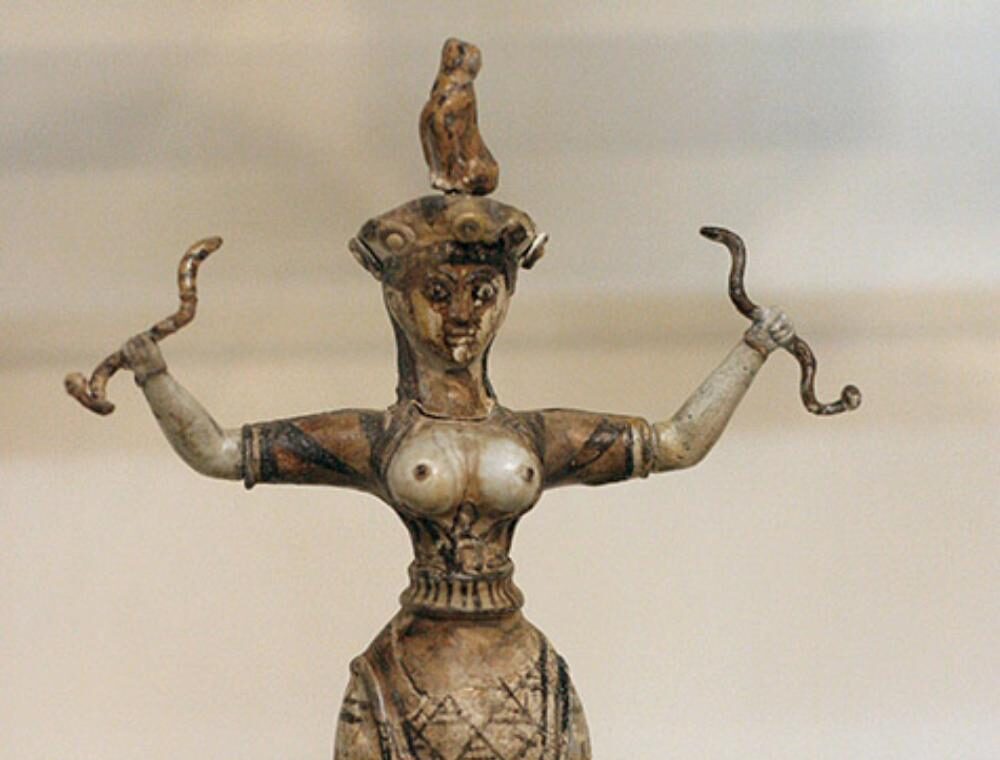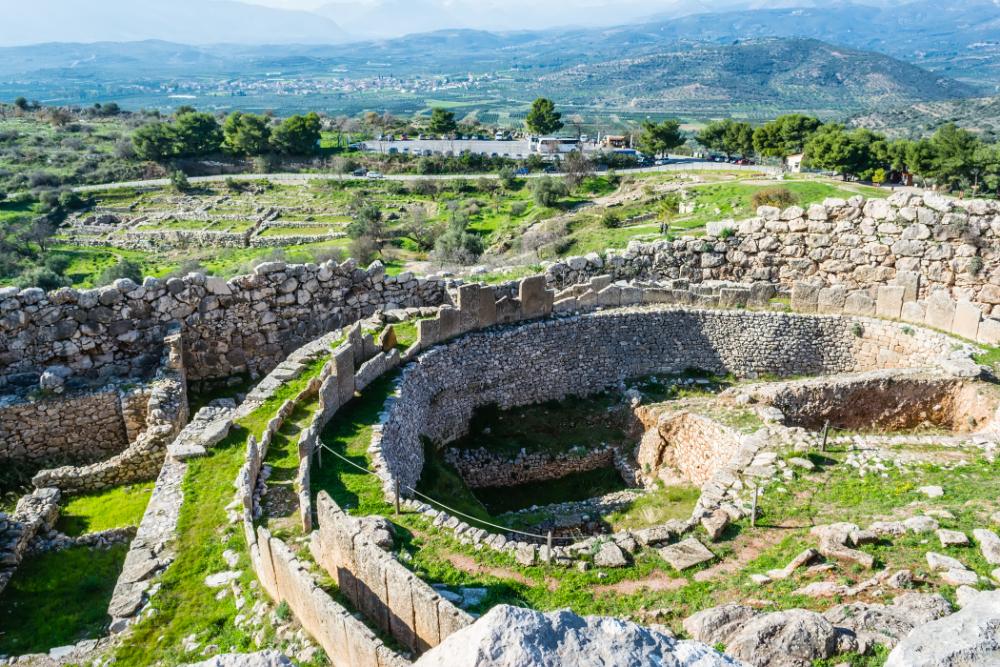The Advanced Plumbing Systems of Minoan Civilization
The Minoan civilization, flourishing on the island of Crete during the Bronze Age (circa 3000-1100 BC), is renowned for its advanced engineering and groundbreaking approaches to infrastructure, particularly in plumbing and sanitation. The Minoans were pioneers in developing sophisticated systems for water supply and waste disposal, a remarkable feat for their time.
At the heart of Minoan civilization was the palace of Knossos, where archaeologists uncovered evidence of a complex plumbing system that was unparalleled in the ancient world. This intricate network included clay pipes and conduits that effectively transported both fresh water and sewage. The Minoans constructed beautifully crafted terracotta pipes that drew water from nearby springs into the palace and surrounding settlements, providing residents with consistent access to clean water for domestic use and agricultural needs.Bathrooms equipped with toilets were also part of the royal palaces, showcasing an advanced understanding of hygiene. The toilets utilized an early flush system, directing waste through specially designed channels, ensuring cleanliness. Evidence suggests these facilities were regularly maintained, highlighting the Minoans’ commitment to sanitation.
Additionally, Minoan towns featured large communal drainage systems, designed to prevent flooding and maintain sanitary conditions in public spaces. The use of vertical shafts enabled efficient waste removal, indicating an impressive level of urban planning and engineering sophistication that stood out among ancient cultures.The Minoans’ plumbing innovations not only enhanced their quality of life but also laid the groundwork for future civilizations, reflecting their respect for the environment and commitment to public health—a crucial chapter in the history of engineering and urban development.


